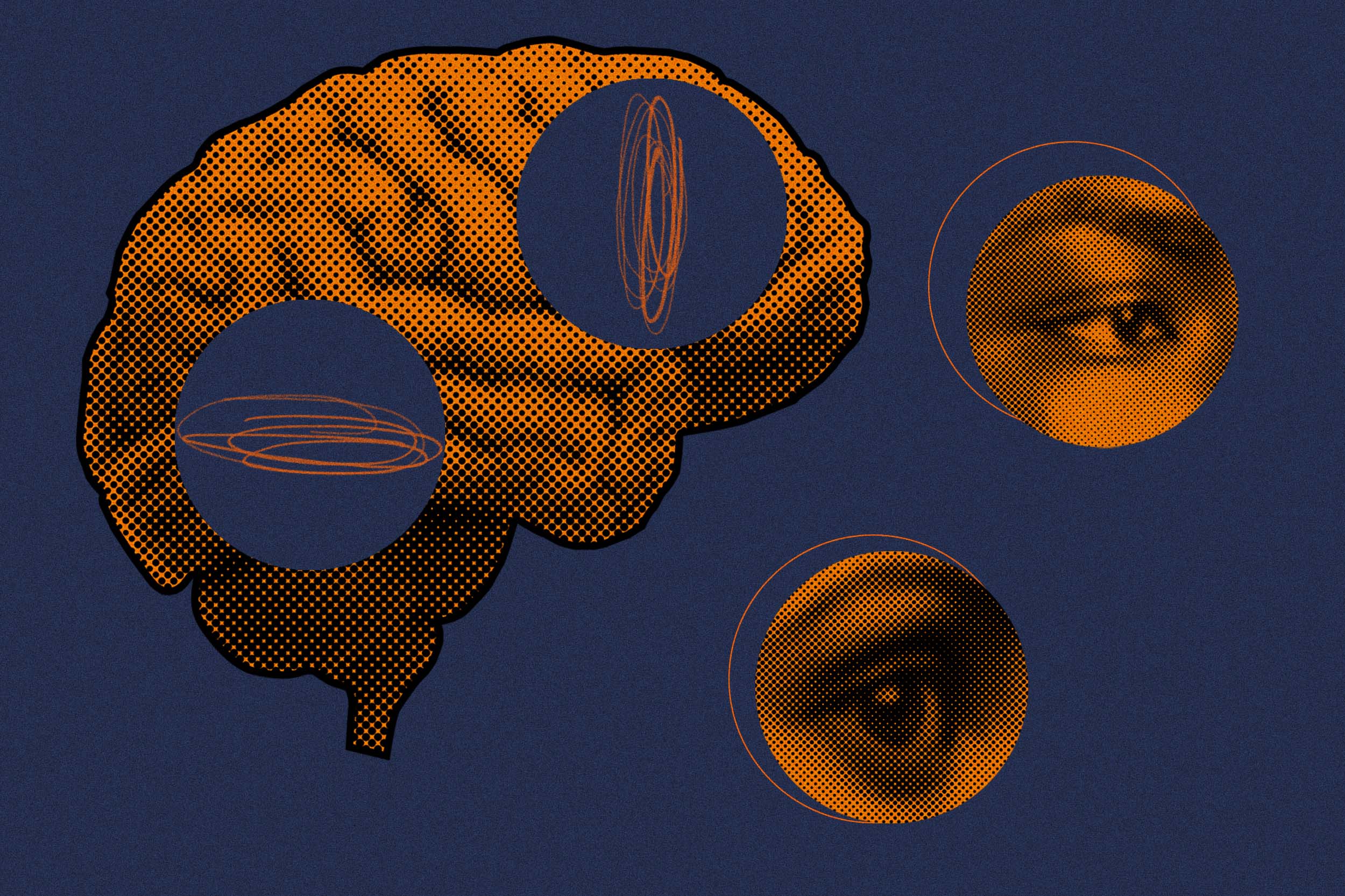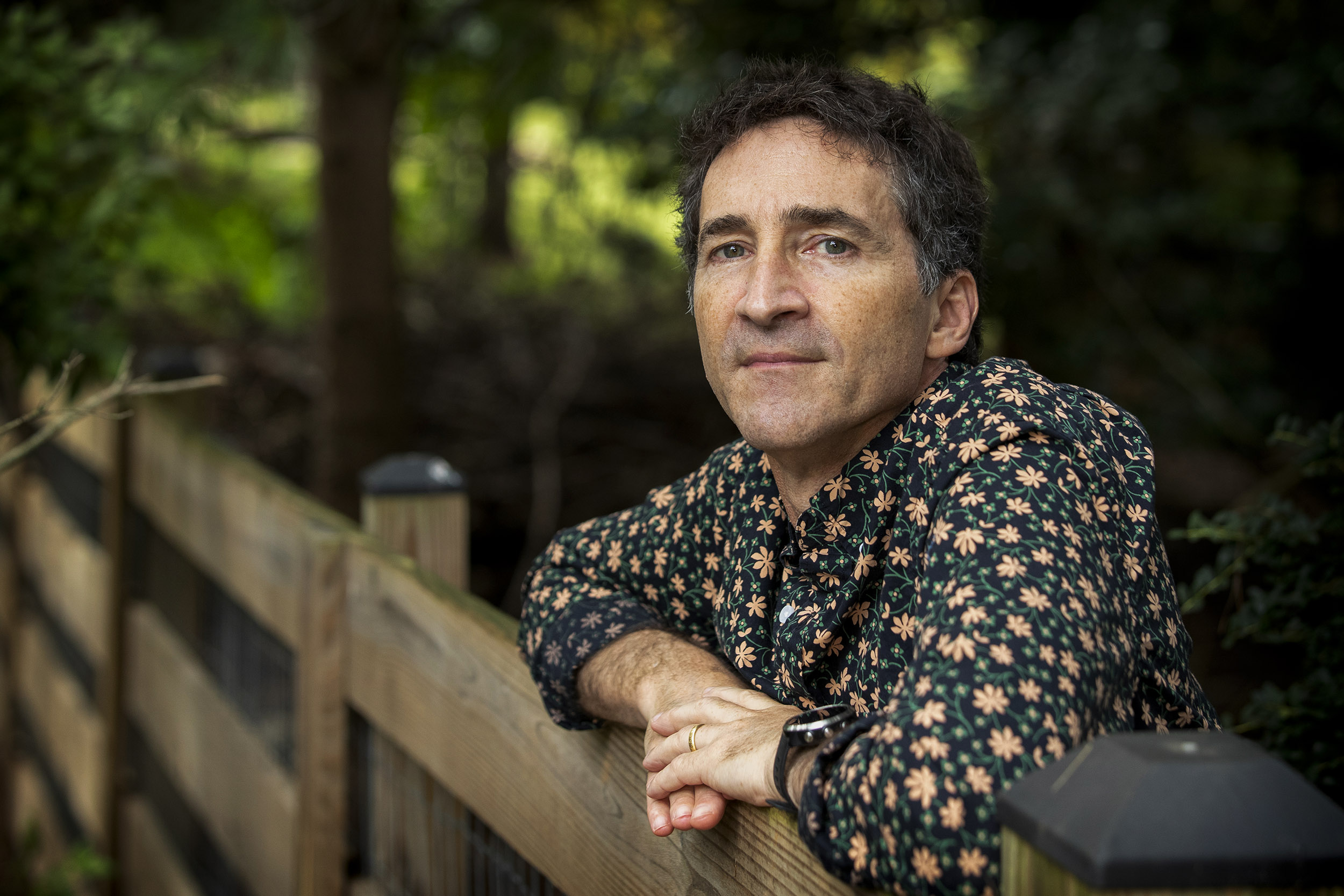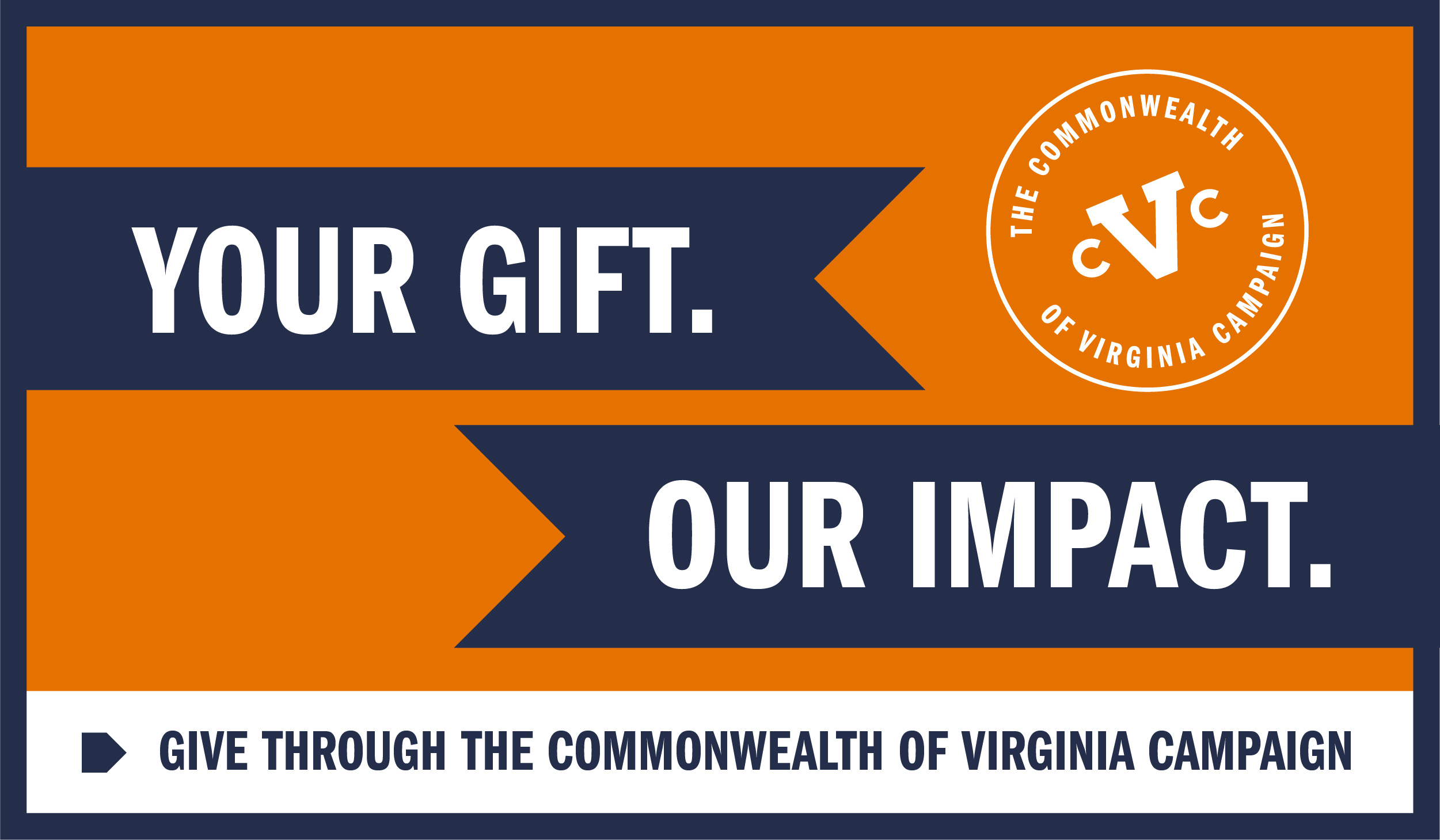We find that on average, those people who respond relatively quickly tend to be more accurate than those people who take a longer amount of time. And in fact, what I think is interesting is that the combination of decision time and confidence together, both of those variables are a very reliable predictor of accuracy. So, those people who are highly confident and they choose that person within a relatively short amount of time, their identification, on average, will tend to be highly, highly accurate.
Q. Have you determined precisely what amount of time it takes to make an accurate identification?
A. The $64,000 question is ‘How fast is fast?’ And this is something that is really hard to pin down. That’s why I’m talking about faster versus slower. But faster would be, you know, under five seconds. Slower would be maybe 30 seconds or longer.
Q. You’ve determined that the person who takes longer to answer is usually wrong. What do you infer from that and how can this information be practically used?
A. I’m interested in both the practical implications for law enforcement and ways of preventing false convictions and misidentifications, and then theoretically, from the memory point of view, we’re interested in what this tells us about the decision processes that people use.
So [our findings] suggests that those people who are taking a longer amount of time, they are perhaps using a looser criteria for evaluating their memory. They need perhaps less vivid information to say that they’re highly confident about their response, in which they may be wrong, whereas perhaps those people who are taking a shorter amount of time, those responses on average will tend to be more accurate. Perhaps they’re more accurate because those folks are using a stricter criterion for the kind of memorial information they need to identify somebody.
This is an ongoing line of research about what distinguishes slower identifications from faster identifications.
Q. How does facial recognition ability played into this research?
A. One variable that we’re really excited about – and this is sort of a kind of a new line of research – is face recognition ability. I think something that I hadn’t really appreciated until a couple of years ago is that there is a tremendous amount of variability, just from person to person, in how good of a face recognizer you are. Some folks are great; other folks are not so great.
After we give people this eyewitness paradigm that that I’ve just been describing, then afterward we’ve been giving people a standardized face recognition test that seems to be a pretty reliable measure of people’s face recognition ability. And we’re finding that your face recognition ability is a decent predictor, not surprisingly, of your accuracy. But it’s a decent predictor of whether you’re likely to make a high-confidence misidentification. So, folks who are just below-average face recognizers tend to be much more likely to make high-confidence misidentifications than folks who are above average.
Q. Subjects of your research are either given a delay of a few minutes or a day before being asked to make an identification. What percentage of people make misidentifications?
A. In conditions where there’s a one-day delay, on average, people will overall be wrong more often than if there’s just a short five-minute delay. On average, in the five-minute delay, maybe people are correct … 60% of the time; and then after a one-day delay, on average, people will be correct … roughly 30% of the time.
Then, within that average, there’ll be a lot of variability, depending upon whether you’re a strong face recognizer or weak face recognizer. And also depending upon how quickly or slowly you made the identification or whether you made the identification with high confidence or low confidence. So, that average point hides a lot of interesting information.
Q. How can this information be used in the justice system?
A. Practically, we know that confidence is the most persuasive factor at influencing juror decision-making. … Eyewitness confidence is the most persuasive factor. So, jurors who hear an eyewitness say that she or he is highly confident that that was the person, that was the culprit, that is very, very influential.
So, one way of reducing false convictions is educating law enforcement and jurors about when high-confidence identifications may not actually be accurate and may be inaccurate.












